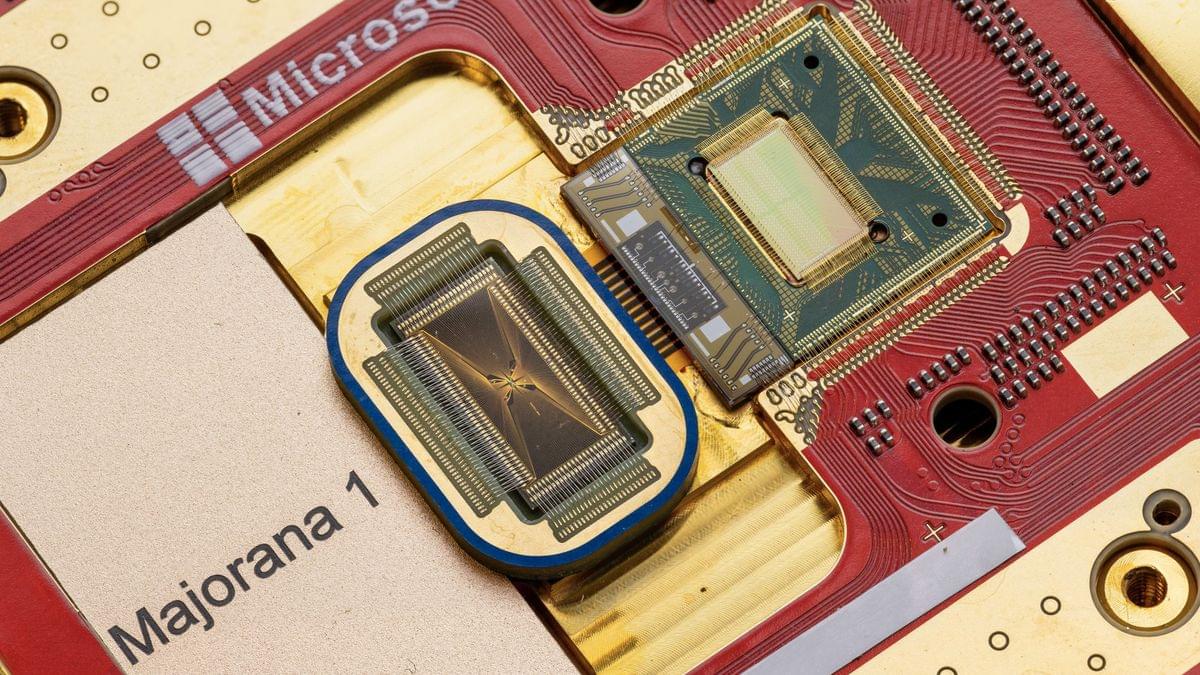Majorana’s theory proposed that a particle could be its own antiparticle. That means it’s theoretically possible to bring two of these particles together, and they will either annihilate each other in a massive release of energy (as is normal) or can coexist stably when pairing up together — priming them to store quantum information.
These subatomic particles do not exist in nature, so to nudge them into being, Microsoft scientists had to make a series of breakthroughs in materials science, fabrication methods and measurement techniques. They outlined these discoveries — the culmination of a 17-year-long project — in a new study published Feb. 19 in the journal Nature.
Chief among these discoveries was the creation of this specific topoconductor, which is used as the basis of the qubit. The scientists built their topoconductor from a material stack that combined a semiconductor made of indium arsenide (typically used in devices like night vision goggles) with an aluminum superconductor.
